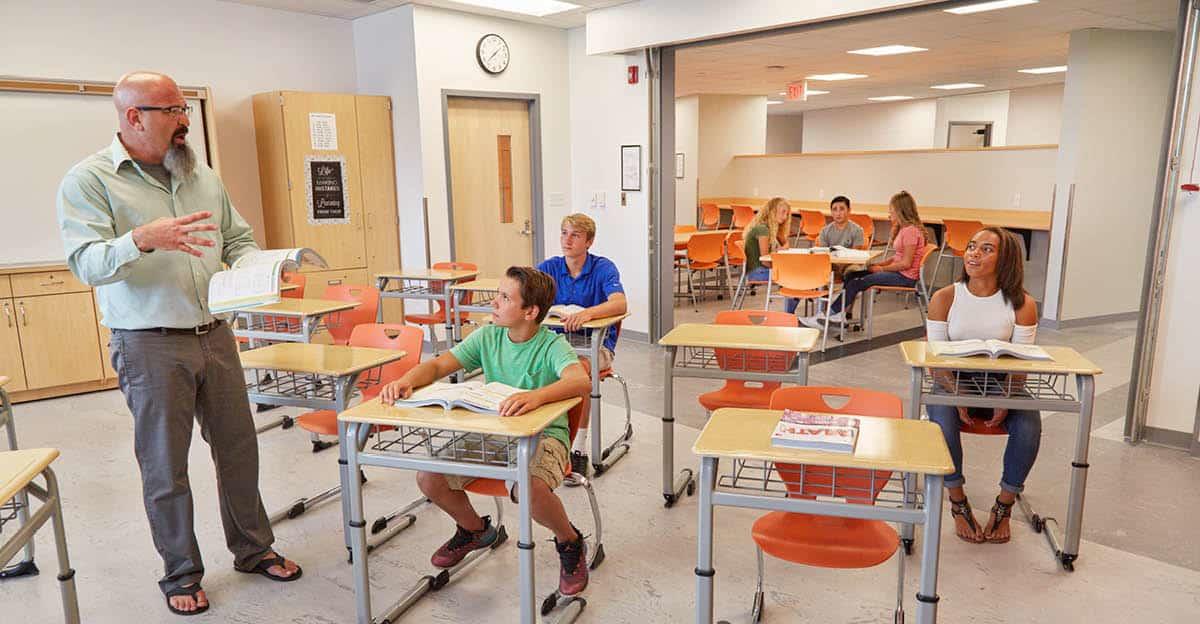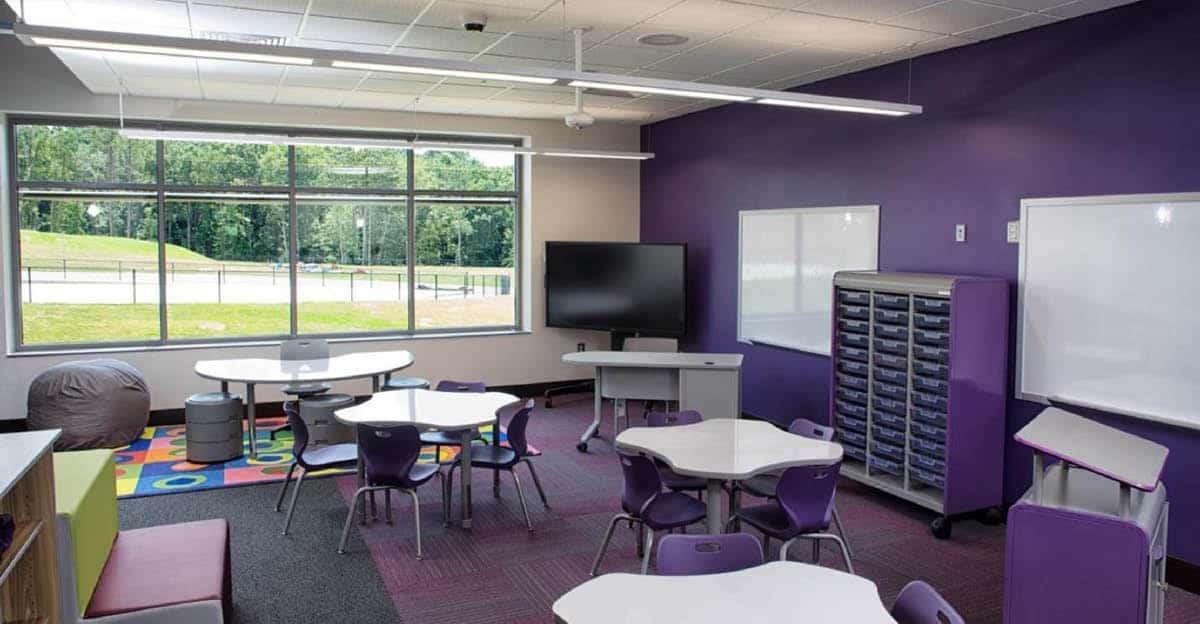Three Key Active Learning Needs and How to Support Them Through Classroom Design
Research suggests that active learning results in better student outcomes than traditional “sit and get” approaches to instruction. Forcing students to sit still, keep quiet, and listen to instruction does little to help them process and internalize new information. But it’s also a less effective learning strategy from a physiological standpoint.
Getting students out of their chairs and having them interact with the content and each other in meaningful ways can make a big difference in achievement—and research backs this up.


